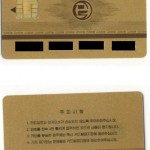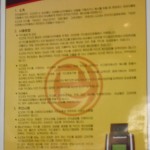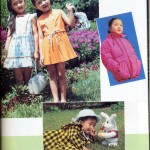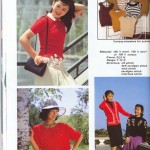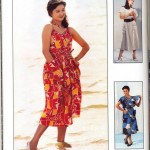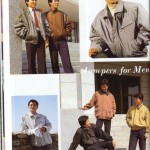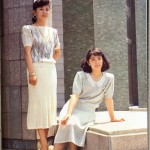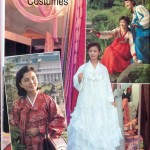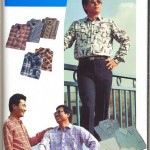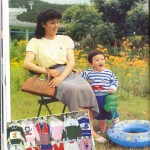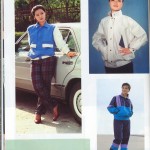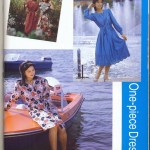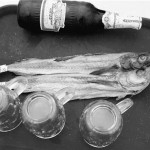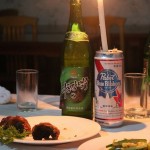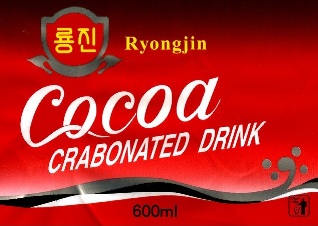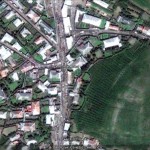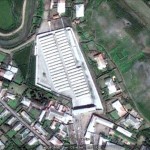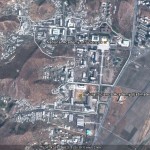Pictured above (Google Earth): The National Academy of Science and what I believe is the Natural Science Academy (University of Natural Science) on the border of Pyongyang and Phyongsong. If any readers beleive the facility is in a different location, please let me know. See in Google Maps here.
The University of Natural Science which is a North Korea’s science education university is located in Eunjunggu in Pyongyang. It used to be in Pyeongseong-si with the National Academy of Science, where the university is affiliated to, but it was moved to Pyongyang to benefit scientists as a citizen of Pyongyang. The National Academy of Science is North Korea’s best scientific research complex. Every year, Kim Il Sung University hosts a science competition in early January. The competition subjects include Mathematics, Physics, Chemistry and English and a thousand students who already passed previous competitions in local institutes participate in the final competition.
Students who win first, second and third places in this competition are eligible to enter any Natural Science university of their choice. Also twenty to thirty top students are awarded and are given a chance to sit for an exam at Kim Il Sung University, The University of Natural Science or Kim Chaek University of Technology. However, the top students gets additional points in their admission, so virtually, seats for them are already secured. North Korea’s top talents usually choose between Kim Il Sung University and the University of Natural Science, but the formal is more for the social title and the latter is more for improving science research skills.
The Best Science Educational Institution
The University of Natural Science, where North Korea’s science and technology talents receive full scholarship (including meals, clothes and even underwear) from the government, is affiliated to the National Academy of Science and is nurturing professional science researchers. The National Academy of Science is North Korea’s top scientific research complex, having the University of Natural Science as a branch.
This University was established on 27 January 1967 by Kang Young Chang, the then director of the National Academy of Science and a member of the Central Committee of the Workers’ Party of Korea, and his determination to foster bright scientists. It was rather an unexpected move in the time when the environment variation theory (Lysenkoism- a theory that believes genetic abilities can be changed depending on the circumstance) that doesn’t admit the existence of the gifted was overflowing through the society as well as it was in other socialism countries like Eastern Europe and China. However, as a result of the establishment of the university, North Korea had a significant turning point in its science and technology development.
The University of Natural Science started from Mathematics, Physics, Chemistry and Biology departments in Kim Il Sung University, and all of the professors were members of The Central Committee of the Workers’ Party of Korea. Furthermore, this university was financed by the ruling party’s finance and accounting department as its direct institution and was received special treatment until October 1985. Since then, it became a branch institution of the National Academy of Science, and has established its firm foothold as the top science educational university in North Korea up to now.
Admission Process
Generally, in North Korea, which family one comes from or what kind of social background one has is more important than academic records, however, the ruling party’s Central Committee ordered to select students solely by their academic performance or excellence since 1984. Consequentially, the university has more students who just graduated from high schools, and famous for its young graduates’ scientific achievement after their graduation.
Every university in North Korea has to receive certain percentage (twenty to thirty) of discharged soldiers (served longer than three years) or workers (employed longer than five years), however the University of Natural Science is an exception. It means the university education is focused more on academic performance than ideology, so talented young students can study in this school no matter how old they are. If a gifted student achieves early completion from a high school, he or she can enter the University of Natural Science. Most of the professors at school have Doctorate degree from this university and thirty to forty percent of them have studied in Eastern Europe and the Soviet Union.
Generally, the admission process is divided into two parts, and the first part is that the government sends the university’s professors to the high schools that are considered to be the best in each region, and give top thirty students who want to enter the University of Natural Science a pre-exam. The exam subjects are Mathematics and Physics and top five students are selected to proceed to the next part. In the second part, students take extra Mathematics and Physics exams specially set by the professors of the University of Natural Science in July to August which is the same time as the general university exams are conducted. Students who get ten out of ten in any of those extra exams are specially chosen even if their general exam scores are not as good. For the students who graduate early from high schools are only allowed to enter the University of Natural Science.
Curriculum
Six to seven hundred students a year are entered the university and they study at six departments including Mathematics, Physics, Chemistry, Electronics and Automation, Computing and Biology, and three thousand students are studying at the graduate school, and four thousand researchers and university personnel are working at the research center, and female students account for fifteen percent.
Most of the professors have degrees from this university and currently forty to fifty percent of the professors have studied in China or Eastern Europe, and almost all of them studied abroad at least from six months to a year and they are mostly teaching modern science theories. The University of Natural Science is famous for being the first university to have higher degree graduates in their twenties and the graduates are known for their excellent performance, so now they takes up the major part of North Korean research centers.
Especially, the graduates are the mainstream in the scientific recerch centers of military agencies and the special agencies. The textbooks used in classes are usually written by professors from this university and original books in English. Since 2005, major subjects have been taught in English and the university has quickly adapted revolutionary measures like South Korean style discussion classes and presentation sessions to provide world-class education system.
It takes seven years to receive bachelor’s degree, the longest school system in North Korea and the graduates get the Expert Qualification which is only given to the natural science graduates from Kim Il Sung University while the graduates from other universities are given the Engineer Qualification. Especially, the University of Natural Science requires one to one and half years to finish graduate dissertation, and students conduct research at the research center at the Nationa Academy of Science. Thus it is the only university that has academic-industrial collaboration system which resembles that of South Korea.
In general, foreign books are not allowed to read without permission in universities in North Korea, the University of Natural Science is an exception. The students in this university can read any natural science books even if that was written by authors from capitalism countries, and it is well known that its graduates have no problems in reading in three or more languages.
As for examinations, getting one F means the student will be flunk, and getting two F mean getting expelled automatically. Because there are only ten students in one class, the competition in classes is so intense that one to three students are flunked or kicked out before graduation. It is the only university in NK where actual experiments takes up thirty percent of curriculum and the exams mainly consist of essay questions. Recently, even though major science research institutions welcome its graduates, students in South Korea tend to choose different majors other than natural science because of the economic recession, and the same phenomenon is also found in North Korea.
All of the students in the university live in dormitories. They wake up at five in the morning (six in summer and winter) for stretching and jogging, after that, they line up and sing while they are going to a cafeteria. Every university in North Korea has the same system and lifestyle as those in military base, and the University of Natural Science is not an exception there. After all that, students take ninety-minute-long classes from eight in the morning.
The main text books are written by professors at the university and original English books are used as a subsidiary. Students are not allowed to read foreign books of Social Sciences without permission but they have free access to foreign science books. The library has foreign books mostly from Japan, Russia and the United States. Also, students learn English, Russian and Japanese, mostly focused on reading, and read books written in those three languages fluently.
The exams are taken at the end of semesters in August and January. If a student gets an F in one subject, he or she will be flunked, and two F means getting expelled. Generally, two to three people among fifteen students in a class get flunked and one to two people are expelled before graduation. Because there are only selected intelligent people in the school, competition could get tough.
Educational Achievements
The graduates from the University of Natural Science can have chances to work at special government agencies such as the National Defense Commission, The Central Committee, Ministry of People’s Security and Ministry of State Inspection and also work as a professor at other universities. These incentives seem to attract more students year by year. Especially, it is confirmed that the graduates play the main role to develop strategic technologies such as missiles, nuclear technology and computer hacking.
For example, it was reported in South Korean and international scientific journals that North Korea announced their success in thirty new generic engineering development including embryonic transplant, polytcocia and sex control of goats, and it is known that the graduates from the University of Natural Science are in the center of these cutting-edge scientific achievements.
Recently, a company in South Korea advertised their newly developed Finger Key, a fingerprint recognition system operated by computer, so that people with registered fingerprints can only open the door. However, North Korea already received a gold medal from 22nd International Exhibition of Inventions of Geneva with the same technology in 1994, four years ahead of South Korea. NK has also developed a medical program that can diagnose people’s health by the computer-recognized picture of their faces. All these program development projects were led by the first graduates from the computer engineering department in the University of Natural Science.
The GPS system which was the core technology in recent NK’s rocket launch was the work of software developers at the university, collaborating with China.

